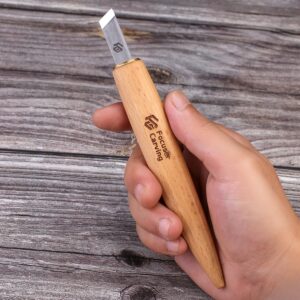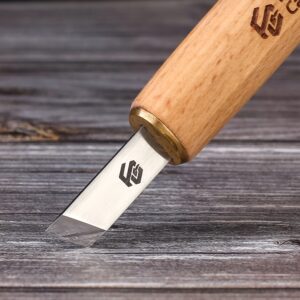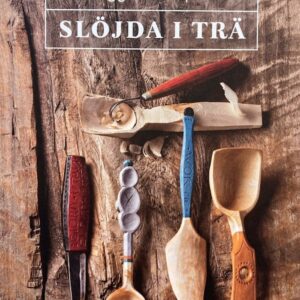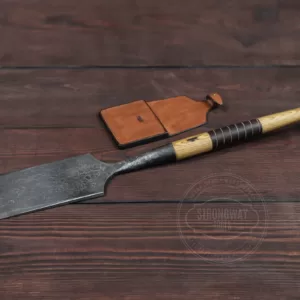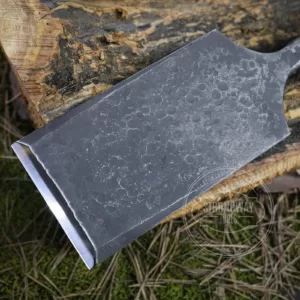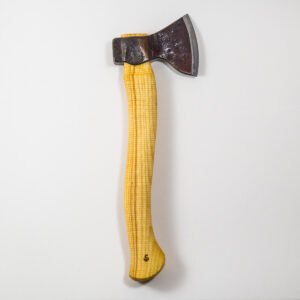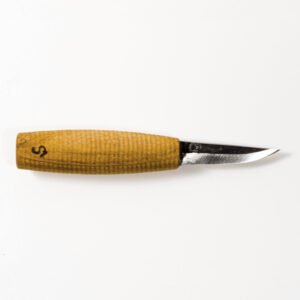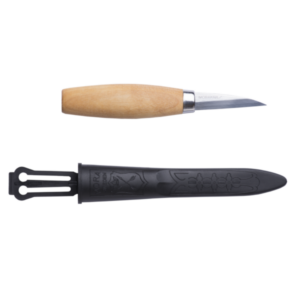Wood carving has become a popular pastime worldwide, enjoyed by people of all ages. Whether you’re looking to engage in it as a recreational activity or a source of income, there are several things to consider if you want to master the craft.
Before starting any wood carving project, it’s essential to familiarize yourself with the necessary concepts and skills. Here are some tips to help you get started:
Use the Right Tools
Invest in a set of high-quality tools designed explicitly for wood carving. This will make completing any project more manageable and efficient, and with proper care and maintenance, your tools can last a lifetime. The Spoon Crank marketplace offers all the necessary tools to start your creativity journey.
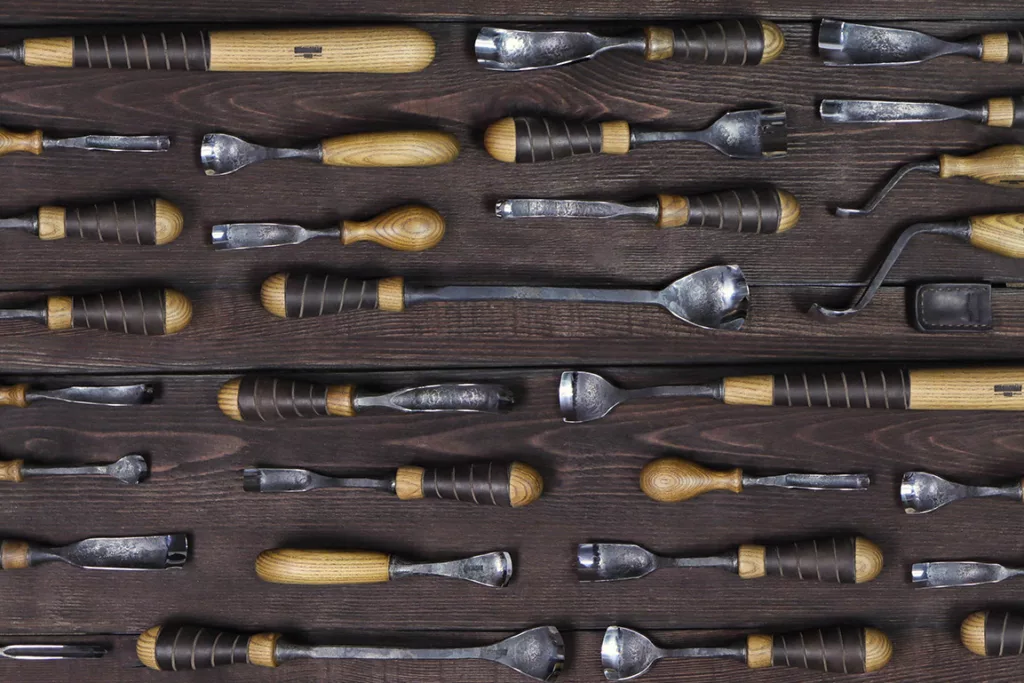
Learn the Terminology
Become well-versed in the terminology associated with wood carving before selecting tools or diving into any instructional material. Understanding the basic terms and how cuts are made will help you get started on the right path towards successful carving.
Choose a Wood Carving Project
Start with something easy if you’re a beginner, allowing more room for error in case of rough cuts and fewer hard-to-access areas. Simple designs also make it simpler for newcomers like you to create attractive pieces.
Safety First
Protective gear is a must-have for any novice wood carver. Gloves prevent painful cuts and scrapes and goggles protect your eyes from any flying wood chips.
Use sharp tools: Dull tools are more likely to slip and cause injuries, so it’s essential to keep your tools sharp.
Technique: Proper technique is important for maintaining control over your tools. If you’re new to wood carving, start with simple projects to get a feel for the different tools. As you gain confidence and skill, you can move on to more complex projects.
Type of wood: Different types of wood have different characteristics that can affect the ease of carving and the final result. Softwoods like basswood or green wood in general require less effort.
Take Breaks: Wood carving can be a repetitive activity, so it’s important to take frequent breaks to prevent fatigue and strain
Select the Right Wood
Softwoods such as basswood, aspen, and butternut are ideal for novice wood carvers due to their malleable nature. Hardwoods, while more intricate to work with, produce breathtakingly beautiful carvings that showcase a variety of grains.
Regardless the wood type we always recommend carving with green wood, it requires less effort, it’s safer and easier on you and your tools.
Keep your Tools Sharp
Sharp tools are essential for producing precise and clean results, and they lead to fewer mishaps than duller ones. Strops, sharpening stones and other sharpening systems are essential to keep your tools in top condition. You can opt to have your tools professionally sharpened, or you can learn how to sharpen them yourself.
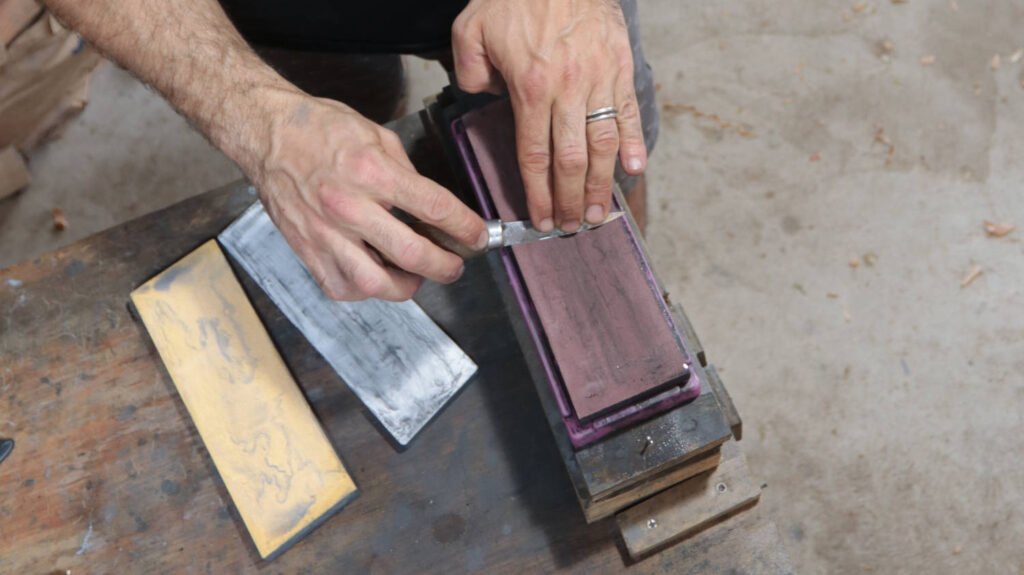
Overall, mastering wood carving requires passion, persistence, and an understanding of the various techniques associated with every wood carving form. With these tips in mind, you’ll be on your way to becoming a skilled wood carver in no time.
Wood Carving Types
Whittling
Carving wood with a pocketknife is an ancient art form called ‘whittling‘. Using solely one sharp blade, you can delicately skive away at the surface to create beautiful works of art. Softwoods are the ideal choice for whittling, as they allow us to execute intricate details that hardwoods cannot easily. This method involves cutting wood with a knife to create various shapes and designs. Whittling does not usually require sanding down the surface to show off these remarkable marks made by the blade of your knife! With simple whittling, you can make exquisite creations like a wooden spoon, bunny rabbit, flower and more from small slices of softwood! Besides being an enjoyable pastime for any age or skill set, it doesn’t require expensive tools to get started. Crafting beautiful wood carvings with nothing more than a carving knife and softwood is surprisingly achievable.
Spoon Carving
Spoon carving is a traditional craft that has been around for centuries. It entails carving a spoon from green wood using spoon carving knives, a carving axe or other hand tools. The basic method involves using a gouge or hook knife to carve the bowl of the spoon until you have achieved the desired depth. Then, you can use a wood carving knife to refine the final shape of the spoon. Many kinds of wood are suitable for spoon carving, but some of the most popular choices include birch, cherry, sycamore and aspen. Spoon carving requires a little more patience than other wood carving projects. But the outcome is always worth it – with a unique spoon to show off in your kitchen or keep as an heirloom for future generations! If you’re looking to embark on a spoon carving journey, The Spoon Crank is the perfect marketplace offering quality carving tools and a spoon carving kit so your experience can be as enjoyable as possible.
Chip Carving
Chip carving is the ideal place to start for those seeking a new artistic endeavor! With an easy-to-use chisel and some softwood, you can craft delightful designs that will make envious all your friends. Chip carving is an attractive and versatile art form that can be applied to various projects, such as photo frames, board designs, or wooden boxes. Chip carving is an ideal way to create beautiful geometrical designs.
Relief Carving
To craft exquisite relief carvings, specialized carving techniques are essential. Relief sculpture is created in flat wood and projects a 3D look from the front while maintaining a flush finish on its backside. Carving reliefs can be divided into two distinctive categories: a high relief, which is more deeply cut and pronounced, or a low relief with its shallower grooves. Relief carving provides an incredibly lifelike 3D representation of people, places, animals and activities that is simple to create. Before beginning with relief carving, which can be complex and intricate for a novice woodcarver, it’s best to hone your skill set by practicing on simpler projects.
Final Thoughts
Because of our focus on wood carving using hand tools, we left out a few wood carving types using power tools. No matter which type of wood carving you choose, it’s sure to be a highly rewarding and satisfying experience. You can make all sorts of imaginative creations with the right tools and techniques. Whether you’re just starting or an experienced pro in the craft, I’m confident you’ll enjoy exploring all the different types of wood carving available. You have the basics; now, all that’s left is finding a perfect beginner project and start carving!
We’ve discussed the tools and materials and suggested wood types ideal for your first wood carving endeavour. Now it’s time to get going. The Spoon Crank offers all wood carving tools and supplies you’ll need to jumpstart your wood carving adventures.
Images by: Alex Finberg, StrongWay Tools, Tom Bartlett


